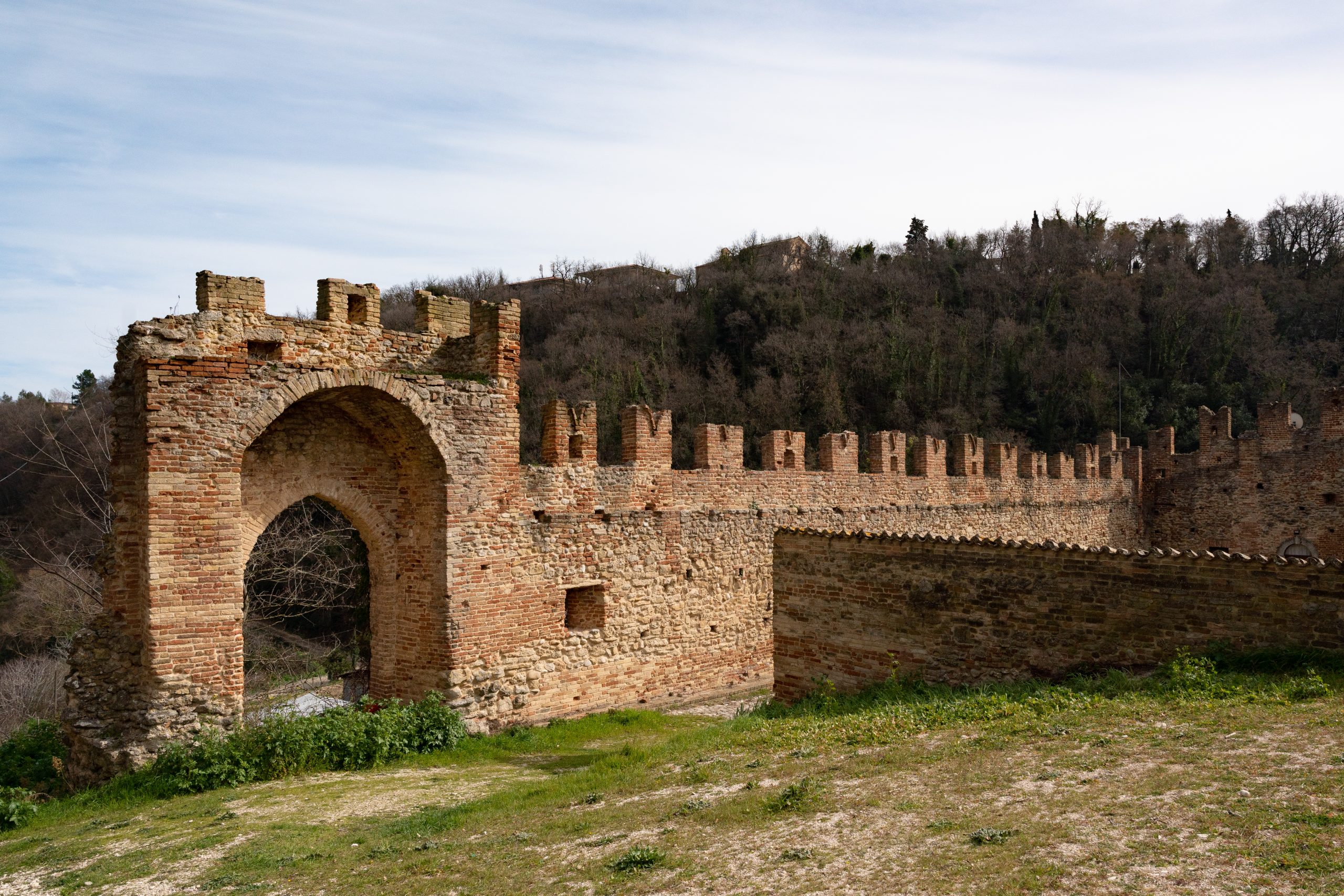Medieval court - Theater of Springs (Fonti)
Until the late 1970s, public fountains provided water to the population on a daily basis. Ripatransone's Fonti Antiche, located just outside the city walls, have kept their original form intact. Their history is a common one with that of many other fountains in the Marche region. The first written records of the fountains, dating back to the 14th century, attest that they rightfully belonged to the community and that their construction was to be done in the most convenient and useful places for the population. When the construction was completed, the municipality would affix the coat of arms to them to attest to their ownership.The municipal statutes of the 14th century repeatedly emphasize the obligation and necessity of keeping the fountains in good condition, with the prohibition of even washing one's feet or making "bructuram" less than two rods away. These regulations, which required, among other things, the use of pitchers instead of caldarelle to draw water, remained in effect until the fountains were used daily by the population. The jugs, of different shapes and functions, were made from clay by the skilled hands of potters, according to an ancient tradition that was kept alive in Ripatransone throughout the 20th century, in the historic Peci family workshop, where the various terracotta objects were manufactured by a family of artisans who passed on the craft from generation to generation. The jugs were carried deftly on the head by the women, who rested them on a twisted handkerchief in the shape of a doughnut.Another craft related to the history of the springs was that of the waterman, or the person who brought drinking water from the public spring to the houses within the city walls for a fee. Ripan springs, like many others, had the function of a communal washhouse. That of the laundress, in fact, was for a long time a very popular and common job for women, who would go with their carts to collect the dirty clothes from the houses and wrap them in piles, separating the white ones from the colored ones and marking with different threads those of each family. When the work was done, they would return them to the house dry and folded.There were different types of wash houses: from the simplest to the most articulated they all worked with a hydraulic system with water falling, for recovery intended for irrigation of the fields. The most common were those with a single basin, open-air or simply protected with a wooden canopy or against a wall. The more articulated ones had several basins in sequence against the wall under arches, and as the basin approached the water source the rinsing cycle occurred. Sources and wash houses were often built of well-squared stone or bricks overlaid with local stone, alternating with river pebbles or makeshift bricks. Some were made of materials derived from archaeological excavations. The last ones, those that still remain as vestiges of the past, almost all date from the late 19th century.
